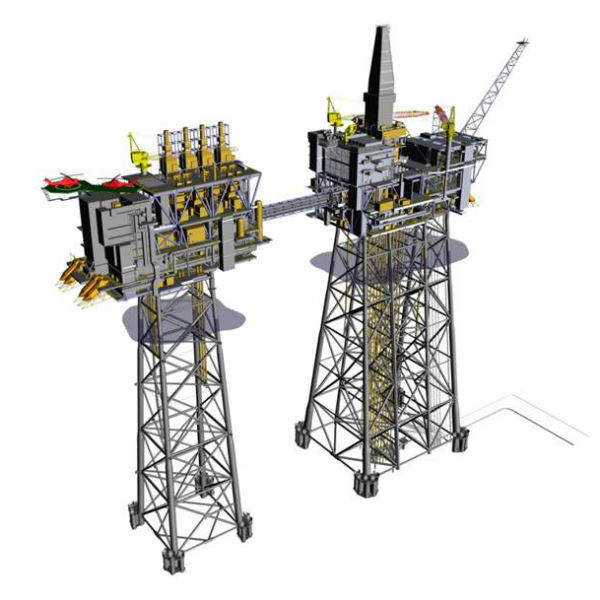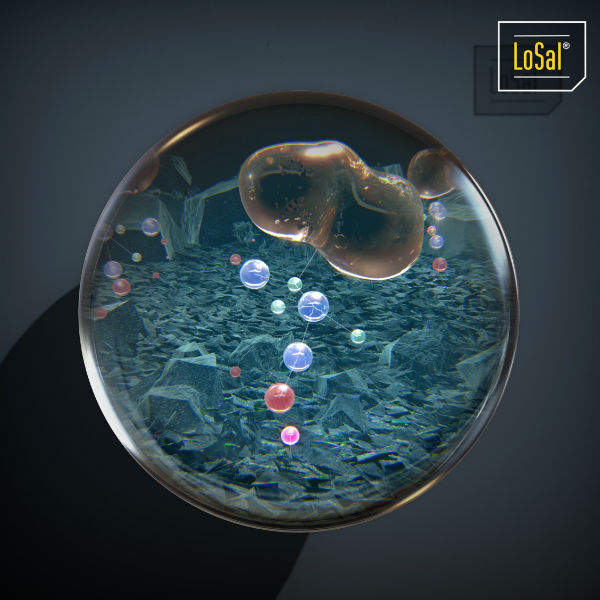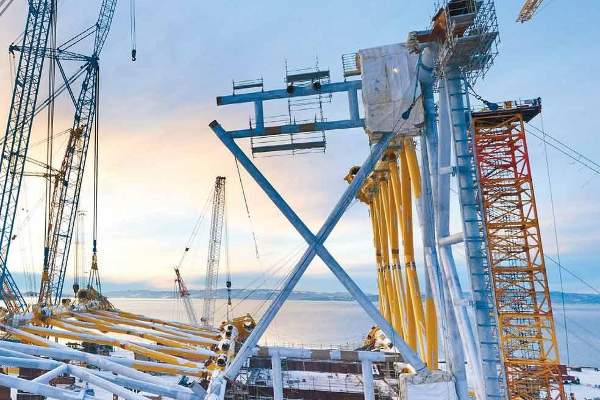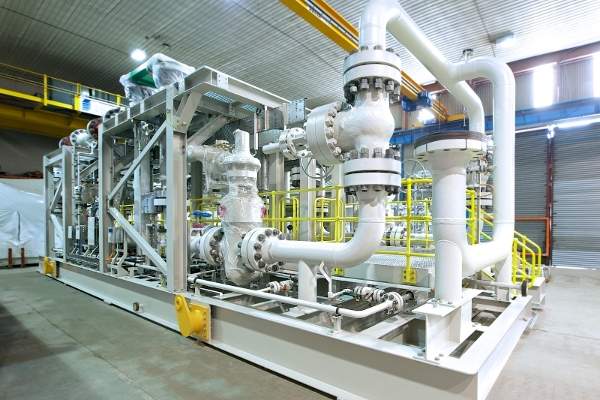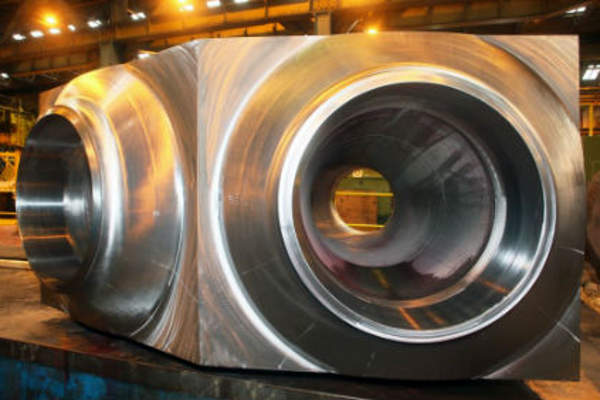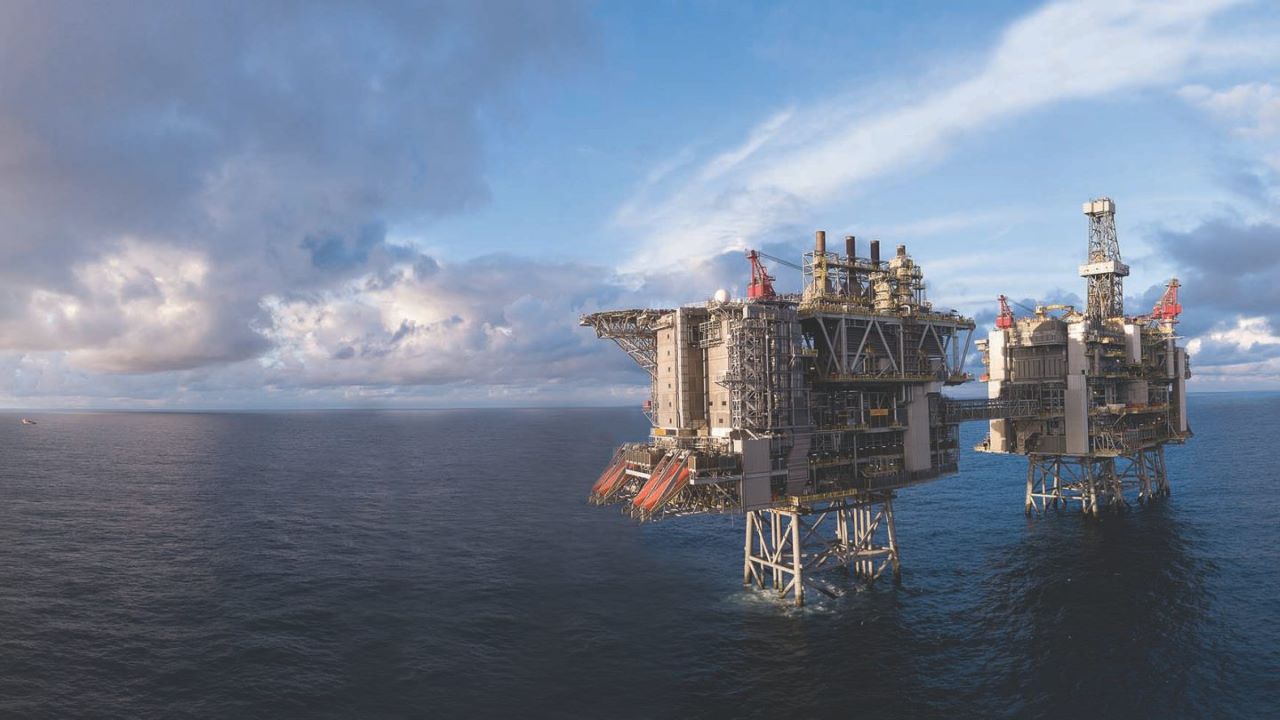The Clair Ridge Project is the second-phase development of the Clair field, which is located approximately 75km west of the Shetland Islands in the UK. The project involves the development of areas north of Clair Phase 1, with an investment of £4.5bn ($5.7bn).
The facilities installed in Clair phase one are expected to continue production until 2028. The Clair Ridge Project will extend the life of the field to 2050, enabling the extraction of an estimated 640 million barrels of oil over a 40-year period, with peak production expected to be up to 120,000 barrels of oil a day (bpd).
The Clair Ridge project was approved by the UK Government in October 2011 and construction was completed in 2016. The project achieved its first oil in November 2018.
The partners in the project include operator BP (45.1%), ConocoPhillips (7.5%), Chevron North Sea (19.42%) and Shell Clair UK (28%).
In March 2021, energy technology company LYTT deployed its real-time inflow profiling technology at the Clair Ridge installation to increase production by up to 2,000bpd.
Clair Ridge Project development details
The project primarily involves the installation of two bridge-linked platforms at a water depth of approximately 140m, the drilling of 36 wells (26 producing wells and ten water injectors) and a tie-in to the existing Clair phase one export pipeline system via three eight-slot subsea manifolds.
The platforms include a drilling and production (DP) platform and a 9,000t quarters and utilities (QU) platform. The installation of the DP and QU steel jackets weighing 22,300t and 9,000t respectively was completed in August 2013 while the topsides were installed in 2015.
Initial drilling works for the project included the pre-drilling of seven wells using an eight-slot subsea template with the help of a semi-submersible drilling rig. The remaining wells will be drilled by the DP platform for more than 12 years.
The produced oil is exported to the Sullom Voe Terminal (SVT) via a new 5.5km-long and 2.2in-diameter pipeline connected to the existing Clair phase one oil export pipeline, whereas the produced gas is exported to the SVT via a new 14.6km-long and 6in-diameter pipeline connected to the west of the Shetland pipeline system.
LoSal technology and energy-saving facilities for Clair Ridge
Clair Ridge is the first large-scale project to implement BP’s patented LoSal enhanced oil recovery (EOR) system, which was successfully tested at the Endicott field. The technology will alter the salinity of water injected into the reservoirs and increase oil recovery.
The platforms are powered by dual-fuel power generators and fitted with waste heat recovery systems. The main platform also features a vapour recovery system to capture and recover low-pressure gas for further use as fuel or for export to shore.
Contractors involved
The jackets for the two platforms were constructed by Kvaerner, whereas the topsides were constructed by Hyundai Heavy Industries under a $620m contract.
The platform jackets were installed by Heerema Marine Contractors (HMC), who further sub-contracted Acteon to supply its 3,500kJ MENCK MHU 3500S hydraulic hammer, the world’s biggest for installing the jackets.
The weight-saving studies for the platforms, as well as the engineering and project management services for the project, were rendered by AMEC, who also executed the conceptual engineering studies from 2008-09.
The drilling facilities were designed by KCA DEUTAG. The halogen-free fire-resistant (HFFR), shock, water and mud-resistant cables for the platforms were supplied by Nexans.
The oil metering skid for the DP platform was supplied by Oil & Gas Systems (OGS) and the two generators for the platforms are being supplied by MTU Friedrichshafen.
The external blast-rated cladding and blast-rated stainless-steel heating, ventilation and air-conditioning (HVAC) ductwork for the living quarters were designed, manufactured and supplied by MTE. The contract to design, manufacture and install the platform’s helicopter refuelling system was awarded to Gordon Engineering.
The integrated control and safety solutions for the platforms were supplied by Emerson Process Management, who implemented patented PlantWebdigital plant architecture, a DeltaV digital automation system, a DeltaV SIS process safety system and AMS Suite predictive maintenance software.
Subsea 7 was contracted to carry out the engineering, procurement, fabrication and installation of the export pipelines, as well as the supply and installation of three-manifold structures, two umbilical jumpers and the tie-in spools.
Arc Energy Resources applied a corrosion-resistant surface to the internal bores of two forged wye pieces at the site. Mojix was selected to provide its wide-area passive radio frequency identification (RFID) solutions for the project.

